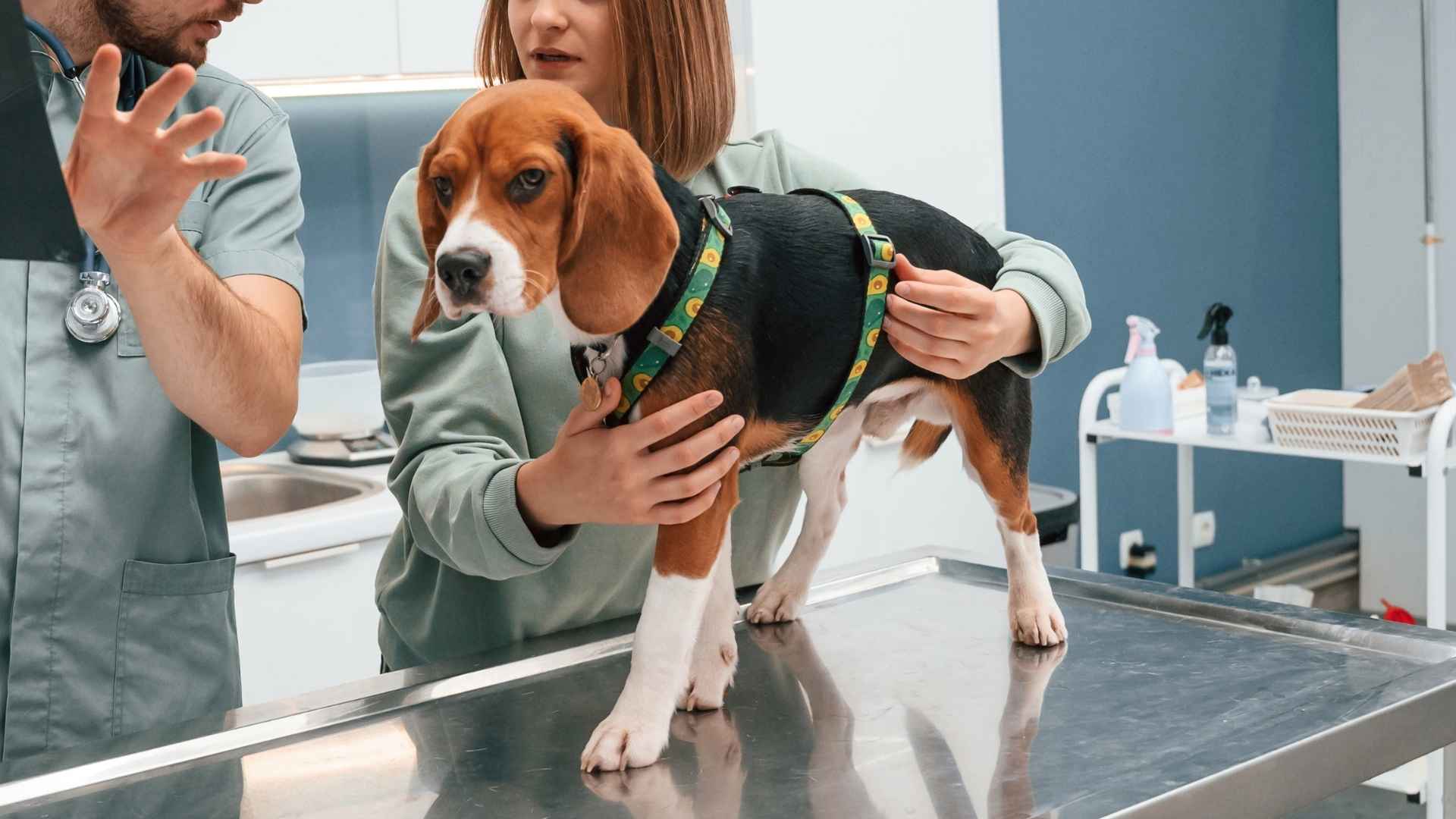Just like humans, dogs can inherit certain health conditions—things like heart disease, cancer, joint issues, or even allergies. While no pup comes with a health guarantee, some breeds are just genetically built to be a bit more resilient.
If you’re on the hunt for a four-legged friend and want to start off on the healthiest paw possible, it makes sense to learn which breeds are known for having fewer genetic health issues.
Of course, every dog is unique, and even the healthiest breeds can face unexpected medical needs. But knowing what you’re potentially signing up for can help you plan emotionally and financially for the journey ahead.
That’s why we’ve rounded up some of the dog breeds with the least health problems—so you can make a confident, well-informed decision when picking your next canine companion. After all, a happy, healthy pup is what every pet parent hopes for!
Dog Breeds With Fewer Genetic Health Issues
1. Australian Cattle Dog

If you’re someone who loves running, hiking, or spending time outdoors, the Australian Cattle Dog could be your ideal adventure partner. Highly energetic, intelligent, and athletic, this breed was made for movement and mental engagement.
Originally bred for herding, they excel with active owners who can keep up with their need for physical and mental stimulation.
Australian Cattle Dogs are one of the healthiest dog breeds with an impressive lifespan, often reaching 12 to 16 years. In fact, the world’s oldest dog, Bluey, aged 29, was one of them.
While they’re generally resilient, their high activity level can occasionally lead to joint or ligament issues, which are typically manageable with care and treatment.
While sturdy overall, they can be prone to certain conditions like hip and elbow dysplasia, progressive retinal atrophy (PRA), deafness, and, less commonly, cataracts or lens luxation. Regular veterinary visits
and early health screenings are essential for keeping them in top shape.
2. Beagle

Beagles are cheerful, medium-sized dogs with a sturdy build, floppy ears, and expressive brown eyes. Standing around 15 inches tall and weighing 20–25 pounds, they’re compact enough for apartments but active enough to thrive in spacious homes.
Their short tricolored coat is easy to maintain, and their keen sense of smell—one of the best among dogs—makes them natural-born explorers.
Known for their solid genetics, Beagles are generally healthy dogs and often live 12 to 15 years. While they’re less prone to serious hereditary issues early on, age-related concerns like epilepsy, glaucoma, hypothyroidism, and disk disease can occur. Regular vet visits help spot these problems early, especially for their eyes, hips, and thyroid, states PetMD.
Beagles are active and curious, needing daily exercise to burn energy and prevent weight gain. Walks, scent games, and time in secure outdoor spaces are ideal. They’re intelligent but easily bored, so mental stimulation through play and training is essential to keep them well-behaved.
These social dogs don’t like being left alone and prefer homes where someone is often around. They get along well with other pets and are especially fond of children, making them a great fit for families. With their affectionate nature and joyful spirit, Beagles are loyal companions full of personality.
3. Chihuahua

The Chihuahua may be the tiniest dog breed, but it has a personality that’s larger than life. Standing just 6 to 9 inches tall and weighing under 6 pounds, these bold little dogs are known for their big eyes, upright ears, and signature apple-shaped heads.
Whether long- or short-coated, Chihuahuas come in a variety of colors and patterns, making each one a unique companion.
Surprisingly sturdy for their size, Chihuahuas are among the longest-living breeds, often reaching 14 to 18 years.
Their small size and low exercise needs make them ideal for apartments and city life, though they do enjoy short walks and snuggle time. They thrive on companionship and are happiest curled up on your lap or riding in your bag.
While generally healthy, Chihuahuas can be prone to patellar luxation, heart conditions, dry eye, and low blood sugar. Regular vet visits and proper care go a long way in keeping them thriving.
With their spunky spirit and loyal heart, a Chihuahua makes a fiercely devoted, pint-sized companion for the right home.
4. Greyhound
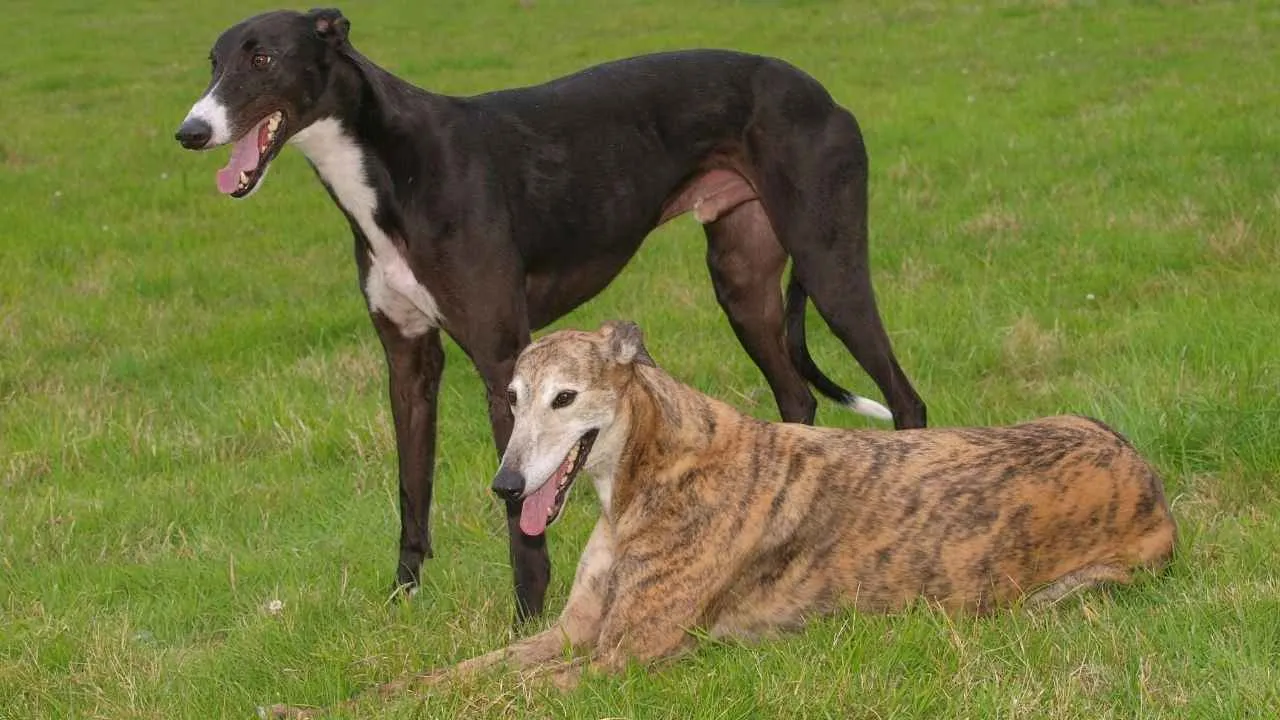
Greyhounds are famously fast—second only to the cheetah—but off the track, they’re calm and relaxed. They enjoy short bursts of activity followed by long naps, earning them a reputation as one of the biggest couch potatoes in the dog world.
Their sweet, gentle temperament makes them lovely companions. Though slightly independent and fine being alone for a while, they thrive in quiet, patient households due to their sensitive nature, states Petplan.
Their lean frame and short coat mean minimal grooming, and they’re generally healthy, with an average lifespan of 10 to 14 years. A balanced diet and regular activity help keep them in shape.
Health-wise, they can be prone to bloat, especially if they eat too quickly. Slow-feeder bowls and monitored mealtimes help manage this risk. Routine vet care ensures they stay in good health.
As natural hunters, Greyhounds have a strong prey drive and may not be ideal for homes with small pets. Early socialization helps prevent shyness or wariness around strangers.
Thanks to their quiet nature and moderate exercise needs, Greyhounds adapt well to many homes, including apartments. Their loyalty and calm demeanor make them excellent companions.
5. Poodle

Despite their posh reputation, Poodles are athletic, intelligent dogs originally bred as water retrievers. They’re quick learners, love activities, and thrive on close human interaction.
Available in Standard, Miniature, and Toy sizes, they suit a range of households. All Poodles share a bright, affectionate nature, with an average lifespan of 12 to 15 years or longer with good care.
Though generally healthy, Toy and Miniature Poodles can face minor health issues like hip dysplasia, patellar luxation, or eye disorders. Responsible breeding helps reduce these risks.
Their curly, hypoallergenic coat is great for allergy sufferers but needs regular grooming to prevent mats. They also need consistent mental and physical stimulation to stay content.
Loyal, adaptable, and full of personality, Poodles make excellent pets in both small apartments and larger homes. They form strong bonds and do best in homes where they’re loved and engaged.
6. Havanese

The Havanese, Cuba’s only native dog breed, is a small, charming companion known for its long, silky coat and curled, plumed tail. Weighing 7 to 13 pounds and standing 8.5 to 11.5 inches tall, they’re a great fit for laps, travel bags, and cozy indoor living.
Bred solely for companionship, Havanese dogs are affectionate, cheerful, and thrive on human attention. Their playful antics and upbeat nature often steal the spotlight, making them beloved by families and strangers alike.
Smart and eager to please, they’re easy to train using gentle, positive methods. Their sensitive personality means harsh corrections can upset them. These dogs crave company and may struggle if left alone for long periods.
With a lifespan of 14 to 16 years, Havanese are generally healthy but may face issues like deafness, patellar luxation, or eye problems. Routine vet checkups and proper care help keep them in great shape.
Adaptable and full of personality, Havanese love being at the heart of family life. Their love for attention, fun tricks, and human connection makes them joyful companions in any loving home.
7. Siberian Husky
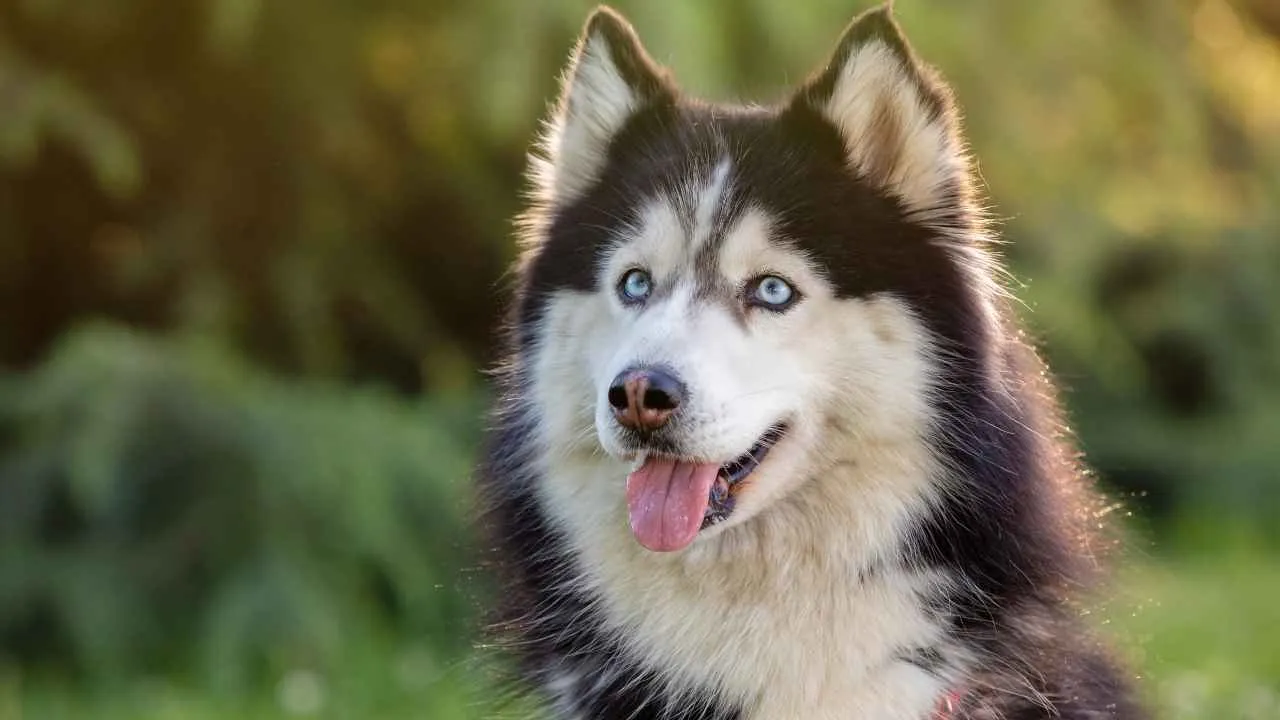
The Siberian Husky is a high-energy, athletic breed originally bred to pull sleds across icy terrain. With a strong work ethic and adventurous nature, they thrive in active homes and love hiking, running, or any outdoor activity.
Weighing 35 to 60 pounds and standing 20 to 23 inches tall, Huskies are medium to large dogs with a lean, powerful frame. They’re playful, curious, and a bit mischievous. Without enough mental or physical stimulation, they can quickly turn to digging, chewing, or escaping for entertainment.
Friendly and social, Huskies enjoy the company of both people and other dogs, but their strong prey drive can be an issue around smaller animals. They’re too welcoming to be reliable guard dogs, but thrive in homes where they get plenty of interaction.
As noted by AKC, training can be tricky due to their independent streak. While smart, they’re also stubborn and need consistent, engaging routines. Though they rarely bark, they’re very vocal and known for their signature howls and “talking.
Huskies live 12 to 16 years and are quite resilient for their size. Still, they may face issues like hip dysplasia, cataracts, PRA, or hypothyroidism. Regular vet visits and health screenings help ensure a long, active life.
8. Basenji
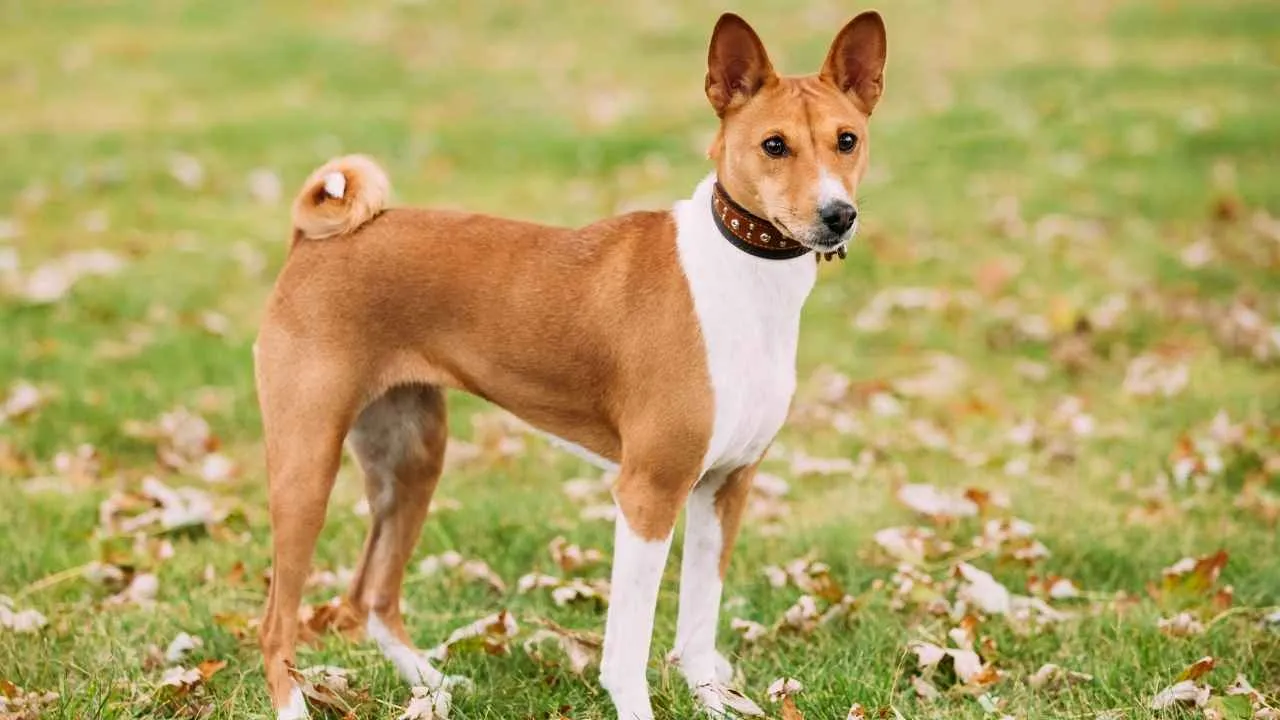
Basenjis are often called “barkless dogs,” but that doesn’t mean they’re silent. Instead of traditional barking, they make a distinctive yodel-like sound that’s uniquely their own. These small, agile dogs have a curious, cat-like personality and even groom themselves like felines. It’s just one of many quirks that make them so endearing.
Originally bred as hunting dogs in Africa, Basenjis are intelligent, independent, and alert. They’re not overly affectionate or clingy, but they form strong bonds with their people and can be incredibly loyal. Their high energy levels and sharp minds mean they need regular physical and mental stimulation to stay happy, states WebMD.
Their temperament reflects their roots—Basenjis survived for centuries in the wild and still carry that self-reliant spirit. They tend to be observant and cautious, with a hunter’s poise and confidence.
Basenjis are known for being a relatively healthy breed with a life expectancy of 12 to 16 years. Their short coat is easy to maintain and doesn’t require much grooming, which also helps prevent skin issues. A balanced diet and daily exercise go a long way in keeping them fit and avoiding obesity-related health problems.
Although they’re generally hardy, Basenjis can be prone to fewer genetic disorders. These may include hypothyroidism, hip dysplasia, and patellar luxation.
They’re also at risk for specific issues like Fanconi syndrome—a kidney condition—as well as progressive retinal atrophy (PRA), which can lead to vision loss, and IPSID, a type of chronic intestinal disorder. Early screening and DNA testing can be helpful in managing or even preventing these conditions.
9. Australian Shepherd
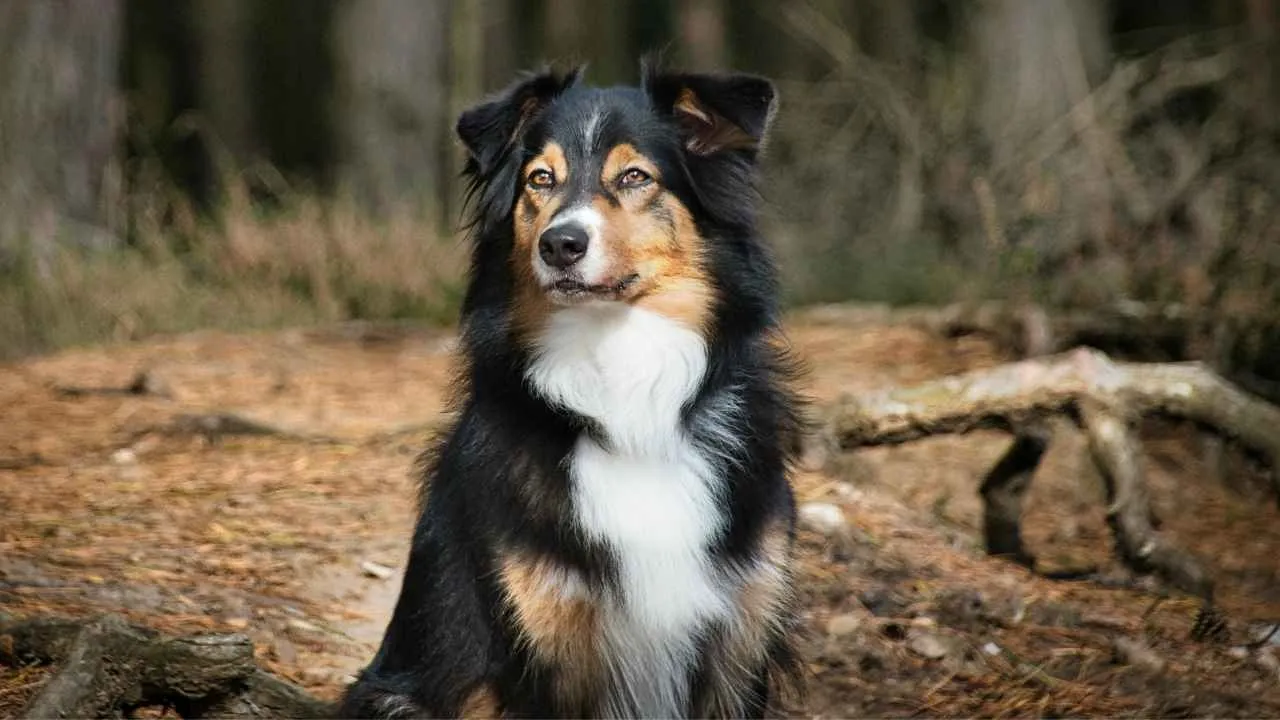
The Australian Shepherd is a smart, energetic breed that thrives when given a purpose. Despite its name, the Aussie was refined in the U.S., especially in California, after its ancestors traveled from Europe through Australia. Known for their strong work ethic, these dogs remain a staple at rodeos and ranches across the country.
Medium-sized with an athletic build, Aussies are agile and striking in appearance. Their coats come in various colors, with the merle pattern—featuring swirls of red or blue—being especially eye-catching. Their intense “herding eye” reflects their strong instinct to control movement, whether it’s livestock, kids, or other pets.
Extremely intelligent and trainable, Australian Shepherds need more exercise and mental stimulation than the average dog. Without enough to do, they can become bored and destructive. They thrive in active homes where they can enjoy hiking, agility, or daily training sessions.
Loyal and affectionate, Aussies form strong bonds with their families. They excel in jobs like herding, therapy work, and even search-and-rescue, but they require experienced owners and aren’t well-suited to sedentary lifestyles.
While generally healthy, Aussies are prone to genetic issues like cataracts, hip dysplasia, and epilepsy. Breeding two merles or two naturally bobtailed dogs can result in serious health problems in puppies, so responsible breeding is essential.
10. German Shorthaired Pointer
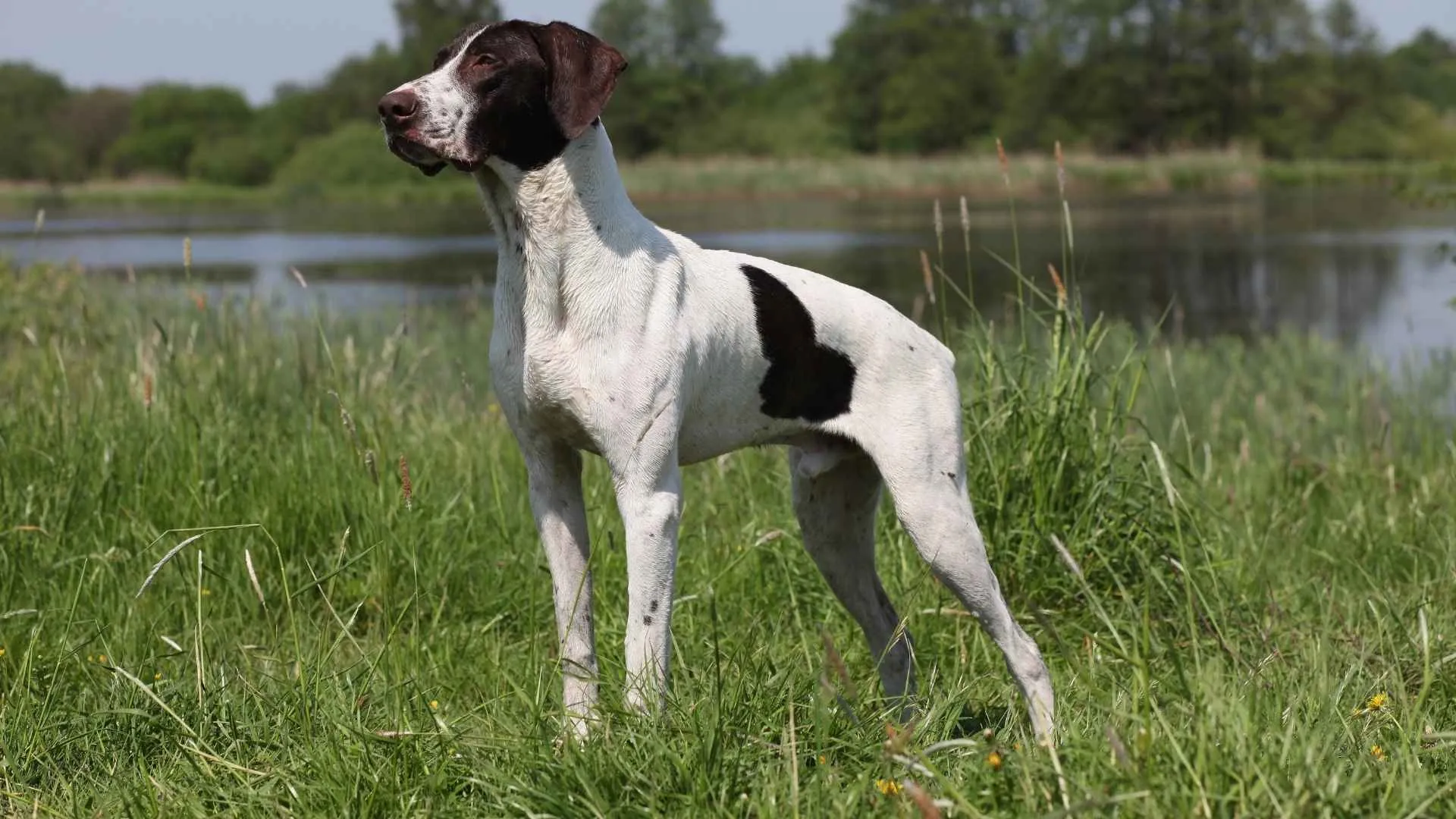
German Shorthaired Pointers, or GSPs, are loyal, loving companions packed with energy and intelligence. Originally bred in Germany as versatile hunting dogs, they’ve earned a reputation not just as field champions but also as affectionate, active family pets. They do wonderfully in homes with kids and even other pets, just as long as they get the exercise and stimulation they crave.
Whether you’re into hiking, running, or field sports, this breed will be right by your side, loving every minute of it. Their strong bond with their humans means they don’t like being left alone for long.
A bored GSP can turn into a chewer, digger, or general chaos creator in no time. But with enough activity and attention, they’re cheerful, sociable dogs with a ton of love to give.
German Shorthaired Pointers may face health issues like hip dysplasia, bloat, cardiomyopathy, cataracts, and epilepsy. Their deep chests raise bloat risk, and some may carry Von Willebrand’s disease. Veterinary care, genetic testing, and eye exams help with early detection and management.
In the field, these dogs are natural-born hunters. They don’t just retrieve—they “point” by freezing in place with their nose aimed straight at the scent, waiting for a cue from their handler. It’s a graceful move that shows off both their instincts and their training, states WebMD.
GSPs are happiest when they’re part of the action. If you love being outdoors and want a dog that can keep up with your active lifestyle, this breed will make a devoted, enthusiastic partner. With the right balance of exercise, attention, and love, your GSP will be a loyal friend who never misses a chance to adventure by your side.
Conclusion
Choosing one of the healthiest dog breeds can make a big difference in your pet’s overall health and longevity. While no breed is completely free of health concerns, many have fewer genetic health issues and are more likely to live a healthy life with proper care.
Maintaining a healthy weight, providing a healthy diet, and scheduling regular vet checkups are all key to supporting your dog’s health. By selecting a breed known for fewer health problems and committing to their well-being, you can enjoy more worry-free years with a happy, dog-healthy companion.


